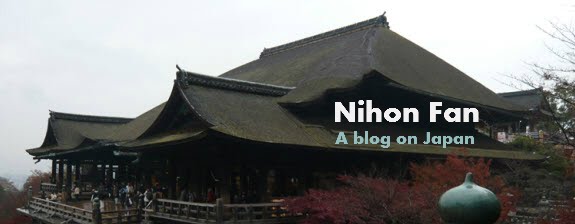Main Sanctuary - Kotaijingu(Naiku) is dedicated to Amaterasu-omikami, the ancestral deity of the Imperial family and also the tutelary deity of the nation. Toyo'uke-daijingu(Geku) is dedicated to Toyo'uke-no-omikami, the deity provides sacred food to Amaterasu-omikami and also the guardian of cloth, food, and shelter. Besides two main sanctuaries (Naiku and Geku), there are many affiliated jinja and some auxiliary jinja.
 |
| Main Sanctuary |
History – Amaterasu-omikami was originally worshipped in the Imperial Palace by successive Emperors of Japan. However, during the reign of the 10th Emperor, Sujin, the Holy Mirror (the symbol of Amaterasu-omikami) was moved from the Imperial Palace. During the reign of the 11th Emperor, Suinin, the Emperor ordered his princess, Yamatohime-no-mikoto, to seek the most appropriate place to permanently enshrine and worship Amaterasu-omikami. After searching in many regions, the princess received a revelation that Amaterasu-omikami should be enshrined and worshipped eternally at in Ise, approximately 2,000 years ago. In the era of the 21st Emperor Yurayaku, about 1,500 years ago, Toyo’uke-no-omikami was, in accordance with another revelation from Amaterasu-omikami, summoned to the north of Kyoto prefecture and enshrined in Ise.


